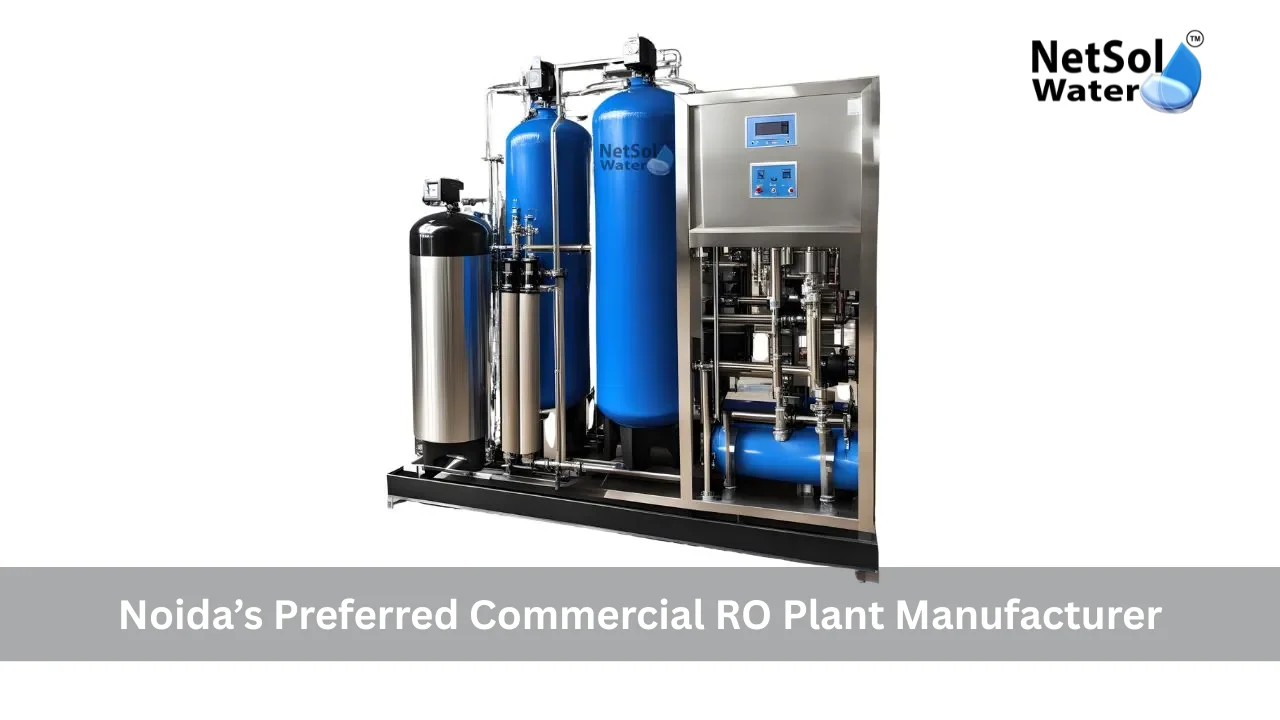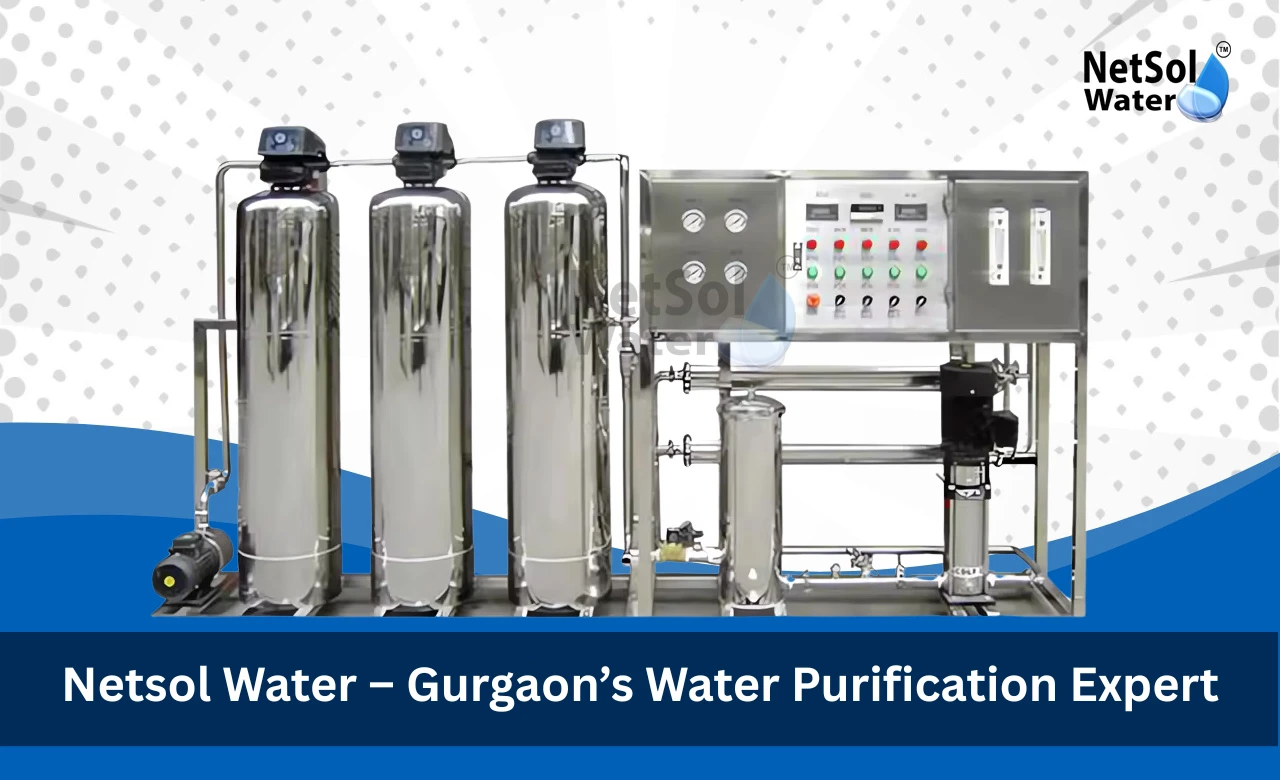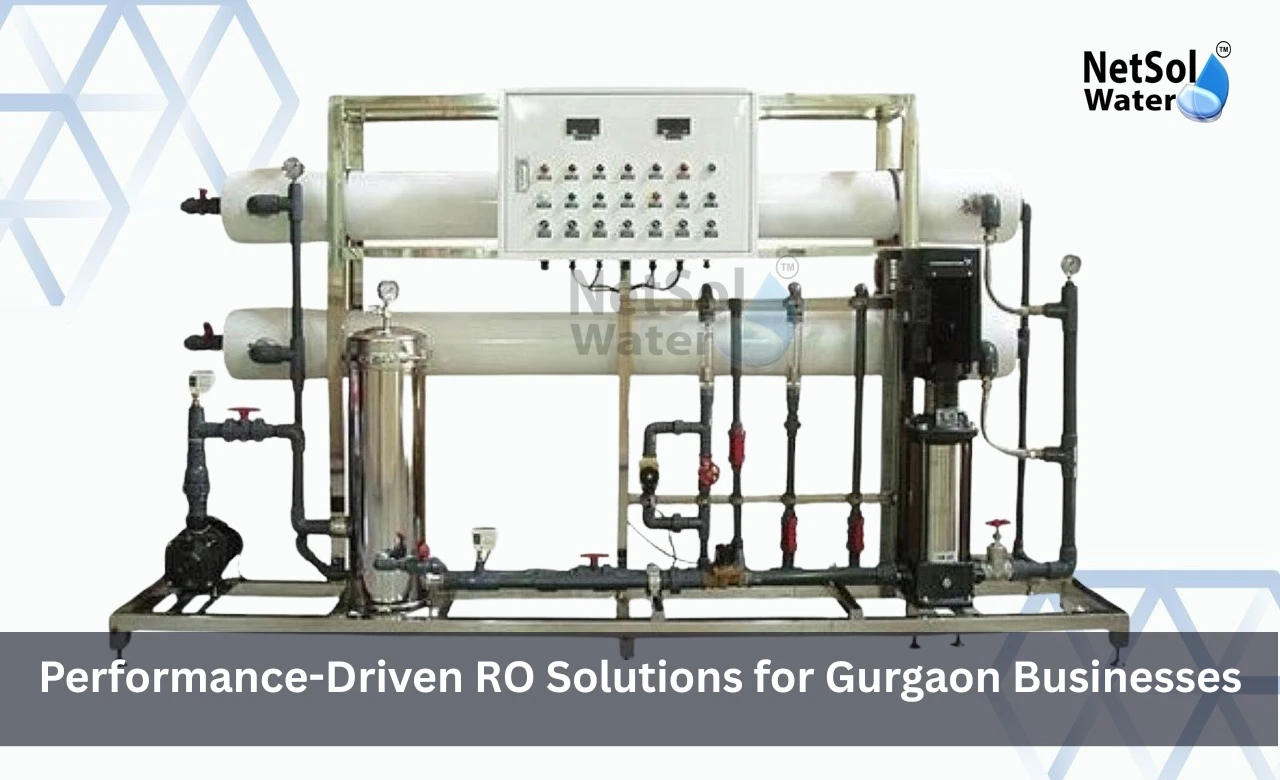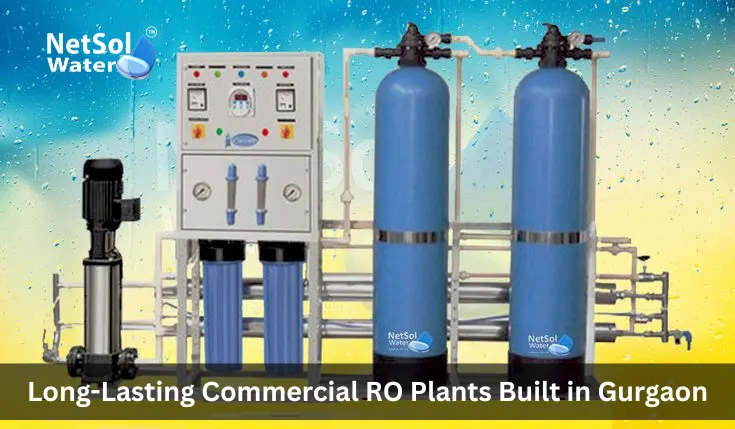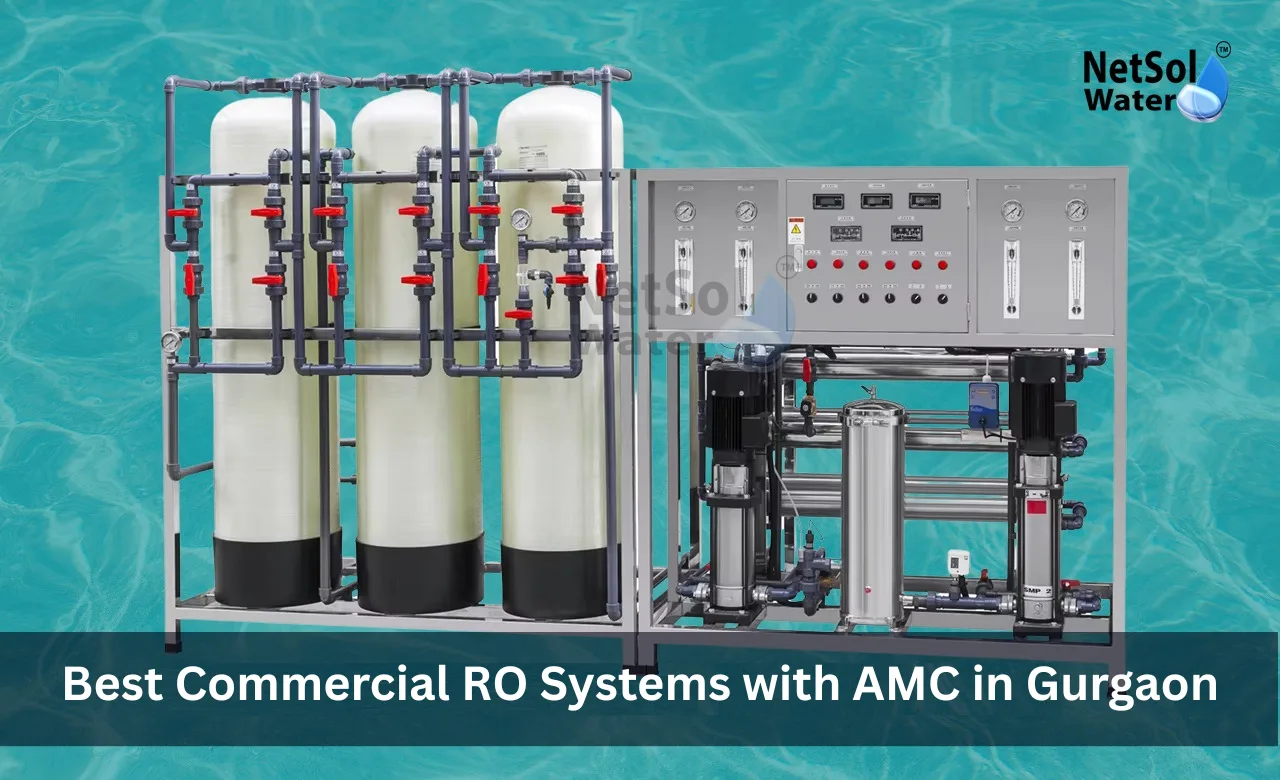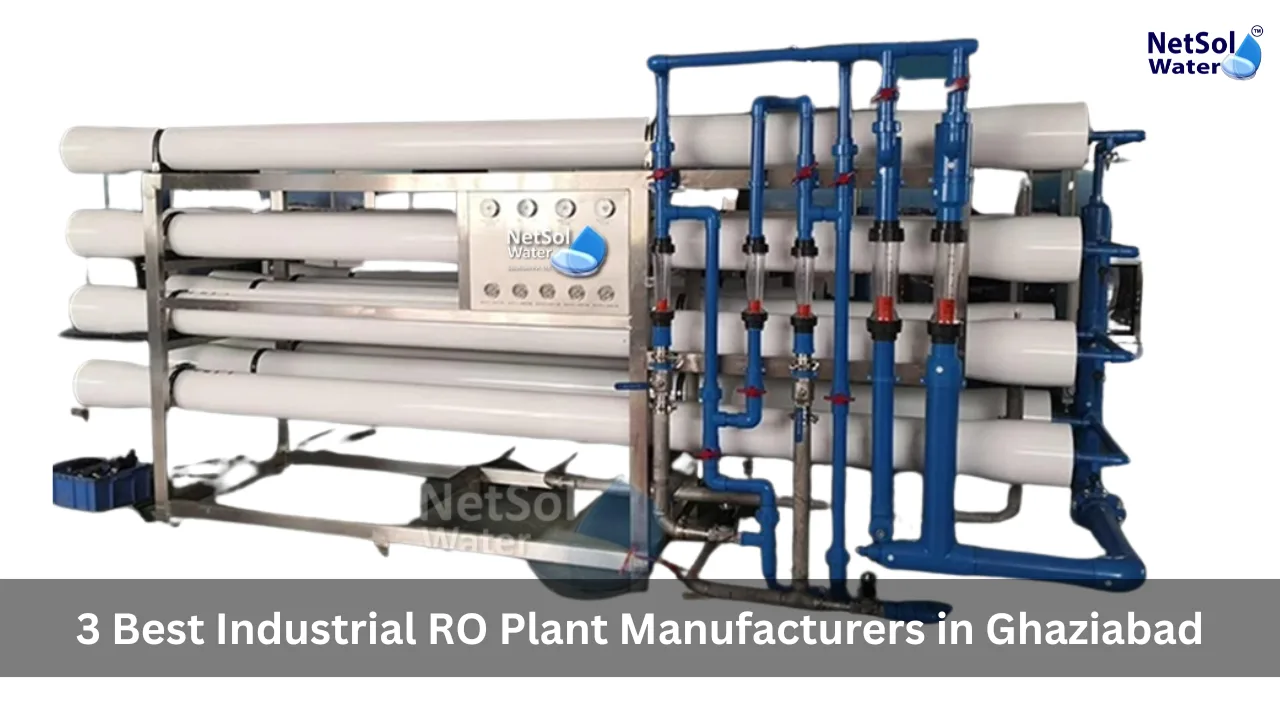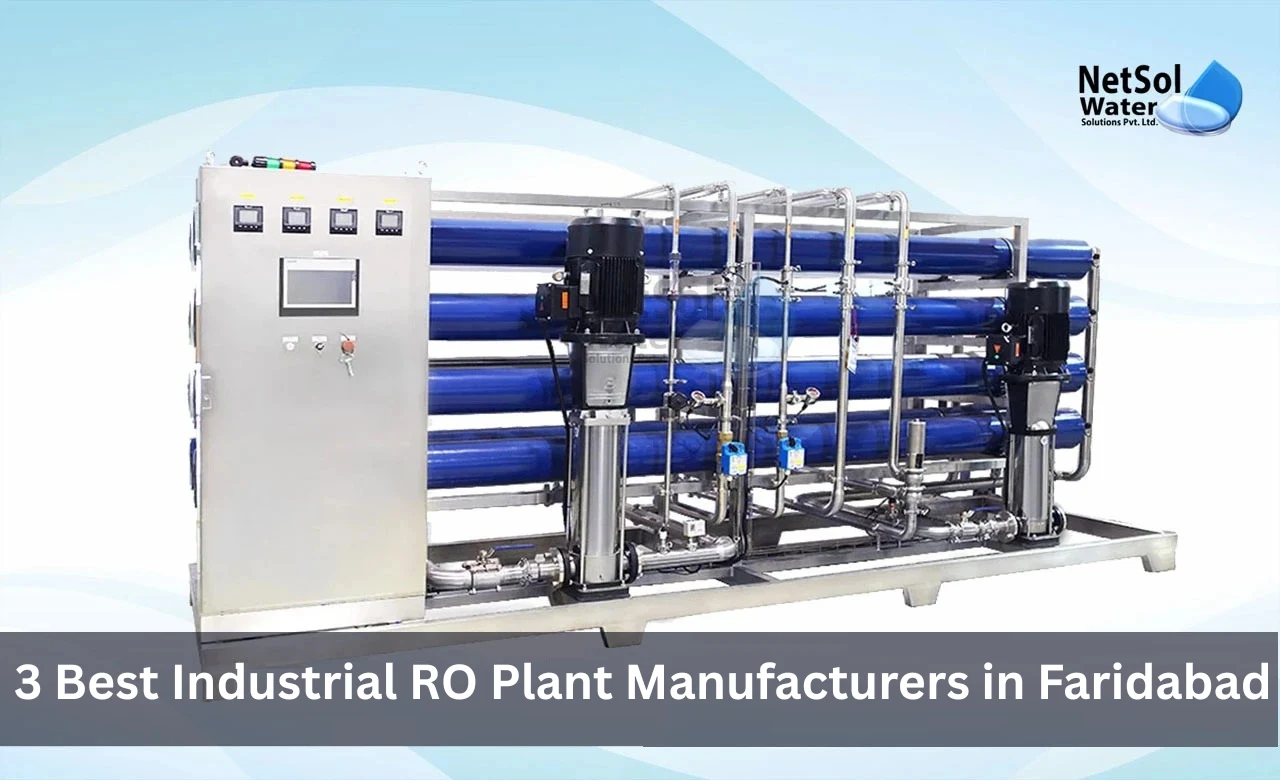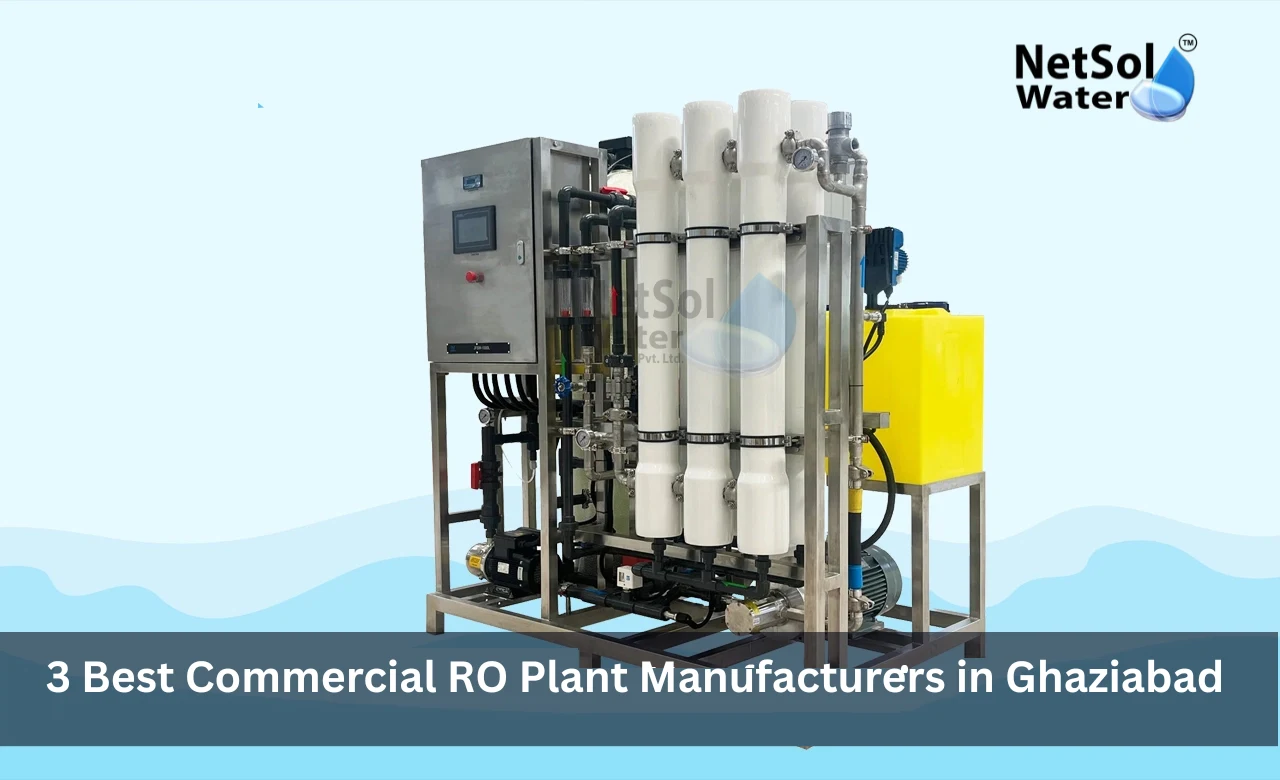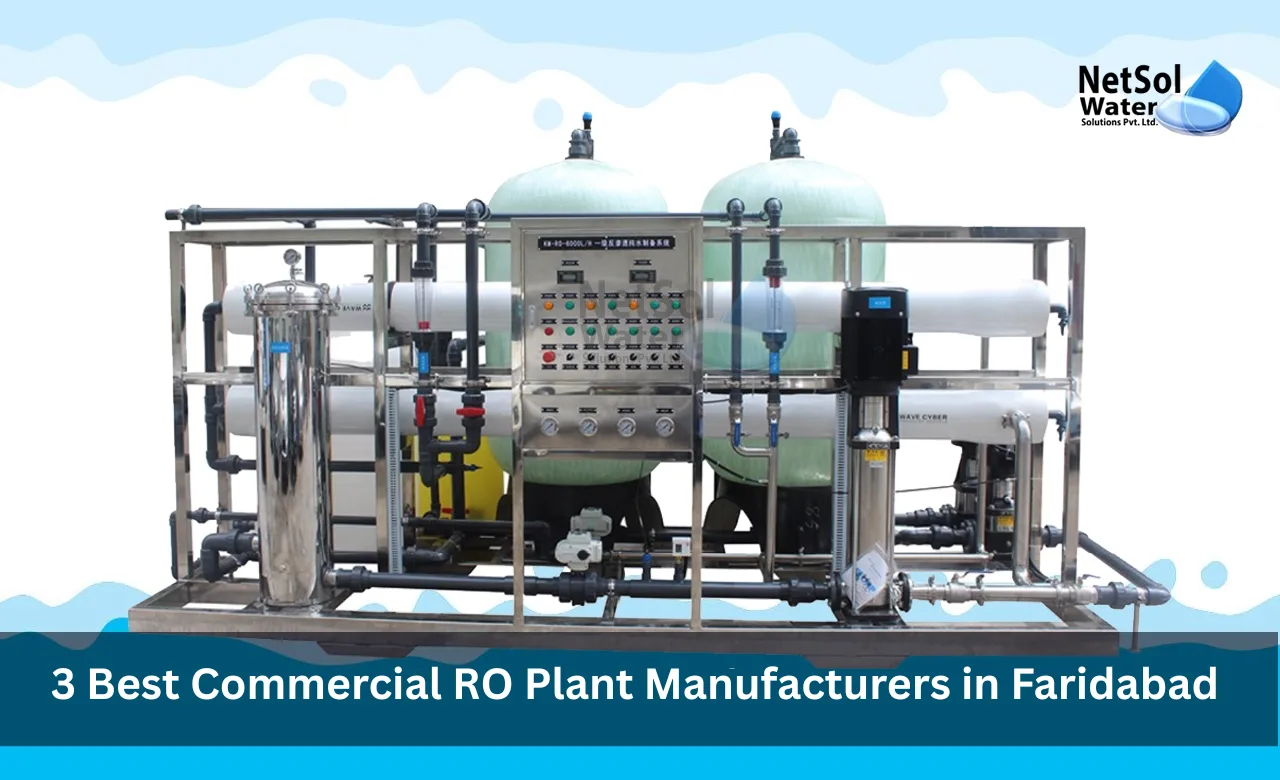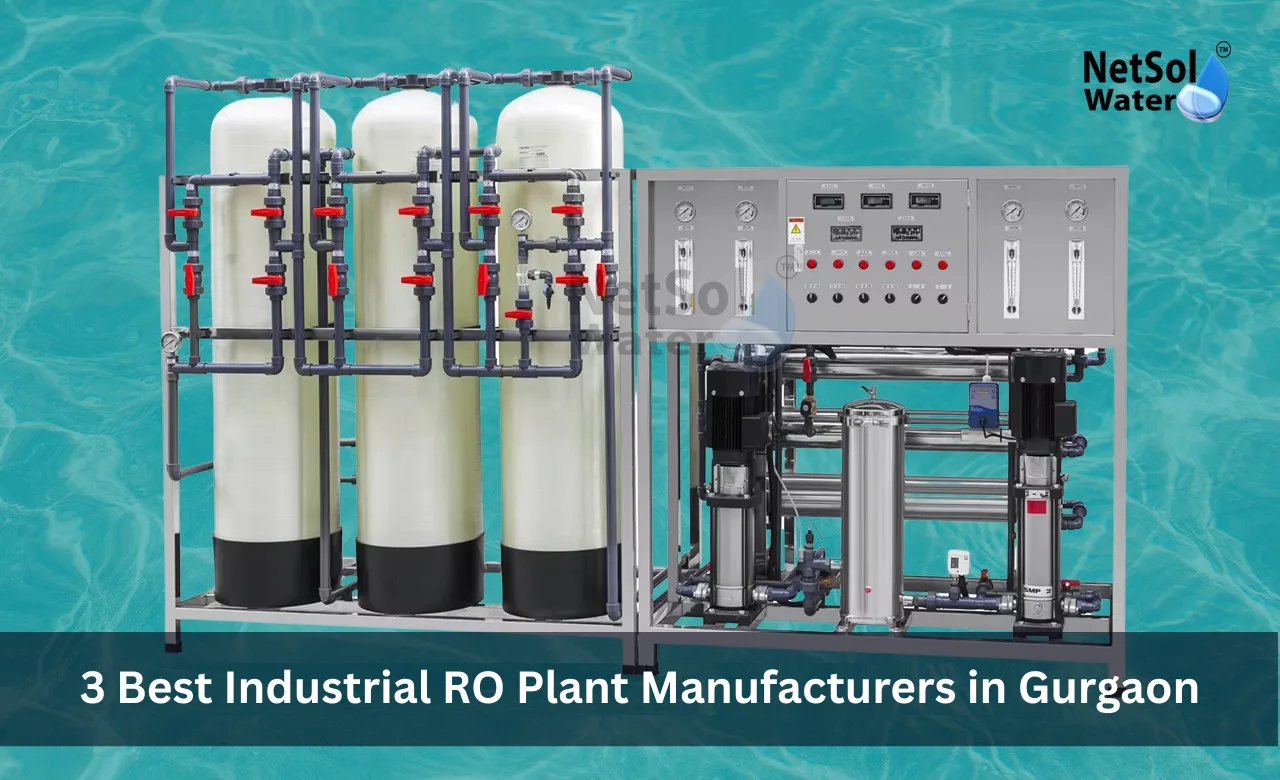Noida’s Preferred Commercial RO Plant Manufacturer
Noida needs safe water for its prospering enterprises. Netsol Water stands as the leading Commercial RO Plant Manufacturer in Noida. We design and make plants that suit different needs in schools, hotels, factories and offices. Our team studies each site to match the plant capacity with daily water use. We then design a solution that runs smoothly. That care makes us the first choice for water treatment in Noida. We will explore why our services matter the most for local users and how we bring top quality to every installation.
Why Choose Netsol Water as Your Commercial RO Plant Manufacturer in Noida
Any business must guard its water supply. Poor water harms equipment and wastes money. Netsol Water brings deep local experience to every project in Noida. Our engineers know the soil and water traits of this region. They test feed water to find minerals and hardness levels. Then they pick membranes and filters that remove those impurities most effectively. Let us have a look on some key strengths that set us apart
Local Expertise in Water Analysis
Noida water has its unique mineral mix. Our labs test each sample with precision. We do onsite checks before we start any design work. That way we match every plant to actual feed water. Our team tweaks the treatment stages until lab tests confirm pure output.
Custom Solutions for Diverse Needs
Every client in Noida has a different use case. A hotel needs clear drinking water. A factory might need ultra pure water for machines. We size vessels by real demand. We choose pumps by head and flow needs. That custom approach saves energy and cuts waste.
Key Features of Our Commercial RO Plants
A modern RO plant must do more than filter water. It must deliver uptime and low operating costs. Netsol Water designs each plant with features that ensure reliability and simple maintainance. Let us have a look on some of these outstanding features
High Capacity Membrane Arrays
We fit our plants with high rejection membranes that yield more pure water per hour. Each membrane line works in parallel. It keeps pressure lower on each tube. That design extends membrane life. It also cuts power use for every litre of treated water.
Automated Control and Monitoring
Manual checks slow down a busy site. We install a control panel that tracks pressure flow and conductivity. The panel triggers an alert when any value drifts beyond set limits. That feature helps staff catch issues early. It also logs data for future analysis.
Benefits of Our Commercial RO Plants
Investing in a quality RO plant brings many gains. Our plants cut maintenance load and lower utility bills. They also improve product quality in food and beverage units. Let us have a look on some concrete benefits
Reduced Operating Expenses
Energy use makes up most of an RO plant cost. Our energy recovery pumps channel brine pressure back into feed water. That measure slashes power draw by up to a third. Lower energy bills free funds for other projects.
Consistent Water Quality
Fluctuations in feed water can spoil output. Our multi stage process uses softeners and pre filters ahead of the RO membranes. That layering holds out sediments and scale promoters before they can foul the plant. The result stays within tight purity bands day after day.
Our Installation and Maintenance Process
Netsol Water follows a clear plan to fit each plant. Let us have a look on our process
Site Survey and Design Approval
We send a team to measure space and inspect water inlet points. We sketch a layout that links pumps vessels and drain lines in the real footprint. We share that drawing for client feedback. Once you approve we move to fabrication without delay.
Commissioning and After‑Sales Support
Our engineers hook up the unit and test each pump valve and sensor. We run water until output meets your quality goals. Then we train on site staff in daily checks and routine cleanings. We stand by you with a service contract that includes scheduled visits and spare parts supply.
Conclusion
Netsol Water stands ready to deliver your next Commercial RO Plant in Noida project with care precision and value. Our local know‑how and proven designs ensure you get pure water without downtime or high bills. Reach out today to request a free site survey or a quote. Let us show why so many businesses trust us as their Commercial RO Plant Manufacturer in Noida.
Phone: +91-965-060-8473
Email: enquiry@netsolwater.com

